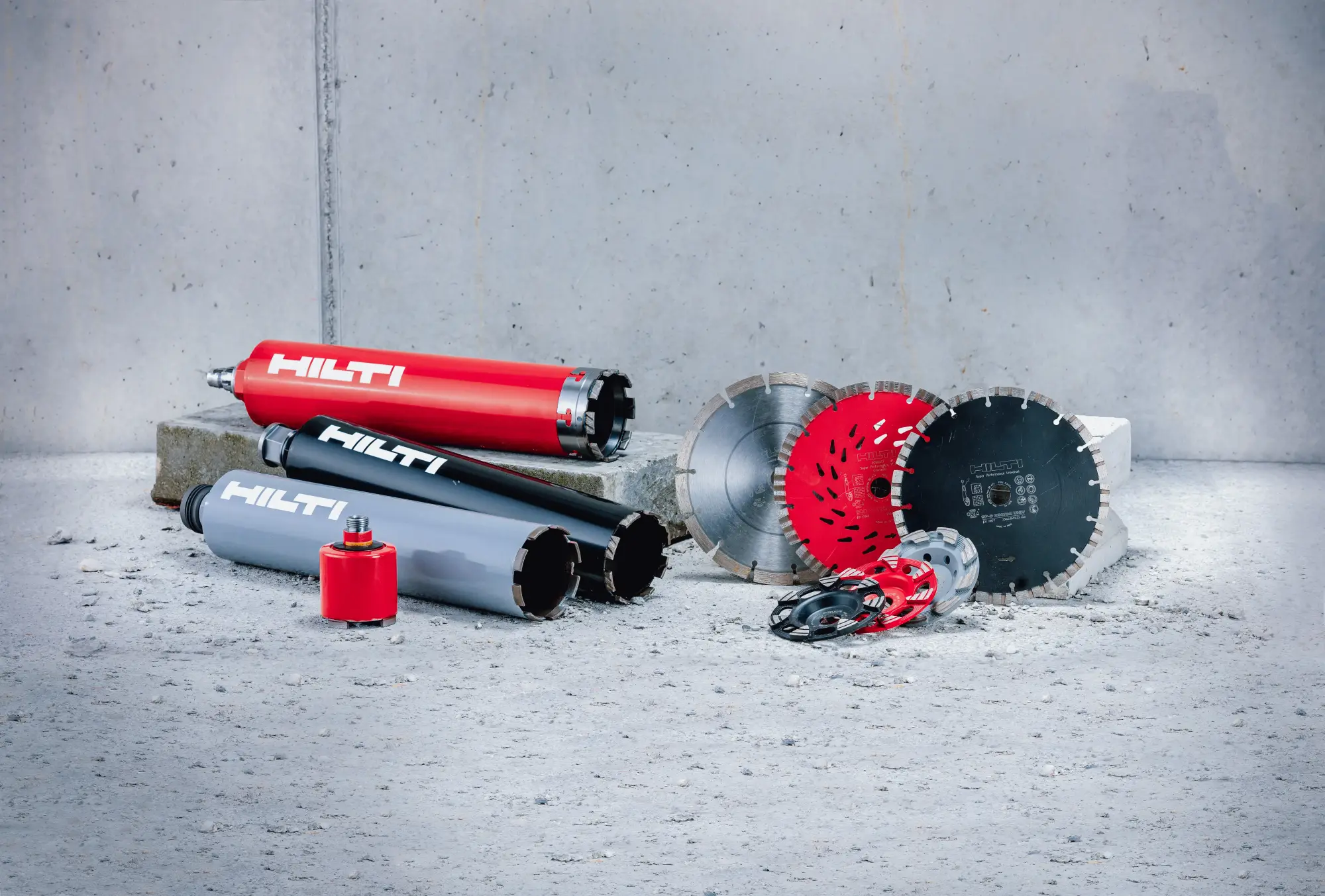Optimizing Quality Assurance With Hilti
How we enabled Hilti to detect and monitor almost unrecognizable production defects with AI and IoT, resulting in a 15% reduction in defect costs.

"Our long-standing partnership with Motius has achieved remarkable results. Together, we were able to revolutionize quality assurance with new technologies and raise product quality to a new level.”

Our Final Result
Overview
Challenge
Solution
Technologies
Impact
Our Final Result
By establishing a 100% inline quality inspection with direct feedback from the system to the operators, Hilti was able to reduce the failure rate and defect costs.
Computer Vision and IoT for High-Accuracy Product Defect Detection
- Improved production processes and product quality through a system with unshakeable accuracy.
- 100% Inline quality inspection with direct feedback from the system to the operators that additionally gathers further production metadata, and visualizes them on a central KPI dashboard.
- Performance-driven, agile development approach to combine Hilti’s industry-specific knowledge with our technological expertise.
Hilti was able to reduce the failure rate and defect costs by 15%. The automated quality assurance process resulted in products that are guaranteed to outperform and high customer satisfaction due to reliable quality standards.

Looking for an
Innovation Partner?
Contact UsChallenge
Hilti wanted to improve the quality assurance for one of their production processes. The challenge was to detect defects almost unrecognizable to the human eye in a complex manufacturing environment, in which multiple interdependent indicators define quality.
Detecting and Monitoring Errors Almost Unrecognizable to the Human Eye
In one of their digital transformation projects, Hilti aimed to improve the quality assurance process for their craftsman tools. The problem was that production defects, which occur in highly specialized and detailed processes, are almost unrecognizable with human eyes. As Hilti did not want to compromise on product quality, they needed a solution that recognizes the smallest defects with an unshakeable accuracy – something better than any human eye.
Solution
A Computer Vision solution that monitors the process and quality while providing the necessary information to the employee directly at the production line.
All About Hilti
Professional Tools and Systems for Construction and Manufacturing
Hilti is specialized in power tools renowned for their durability and precision, anchoring systems for structural stability, and diamond tools for cutting and coring applications. Their tools and services ensure productivity, safety and sustainability for builders and manufacturers worldwide. High quality and customer-orientation is key for Hilti.

Tackling the Challenge in a Four-Step Process
Getting Started
To create the biggest impact, Hilti decided to look for a partner with expertise in new technologies to complement their extensive industry know-how.
Ideation
We evaluated which technology can deliver the required high-accuracy product defect detection. Sophisticated computer vision algorithms was the only technology that could reliably achieve the high-quality standards.
MVP
As soon as the requirements were clear, it did not take long for Hilti and Motius to sketch a vision for a first minimum viable product (MVP) and get the project going.
Agile and Interdisciplinary Development
As the long-term plan was also to integrate the solution to a productive system, we needed to do more. In this project, “more” meant interdisciplinary work.





